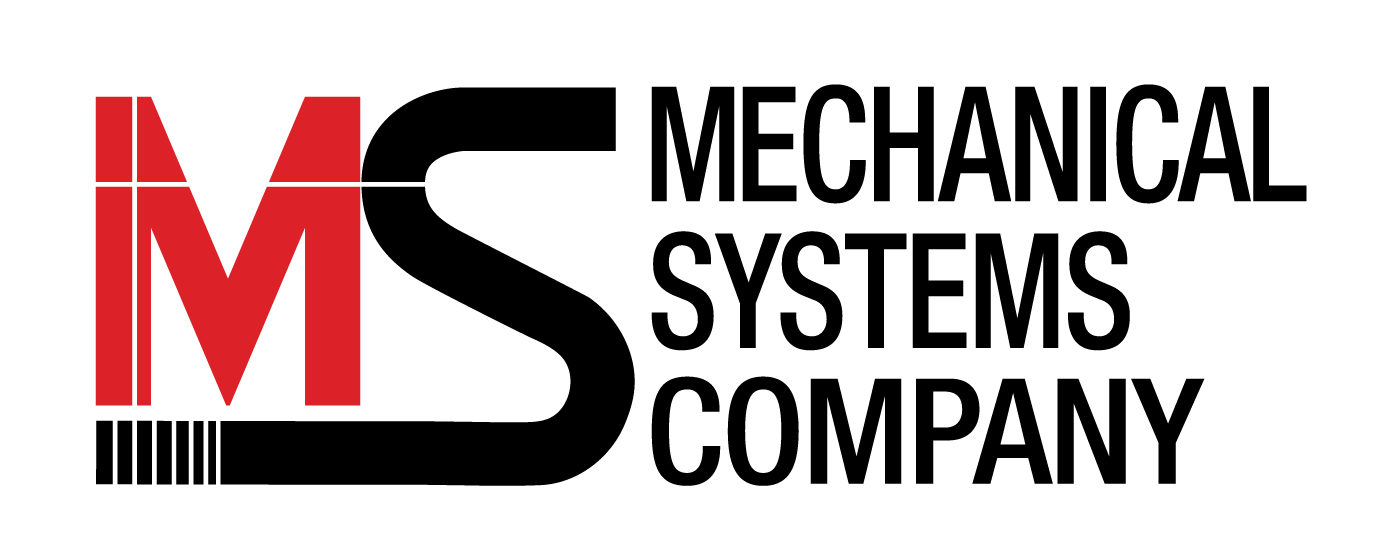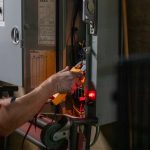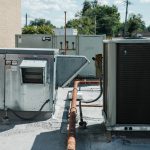Every facility faces tough choices about when to repair, replace or upgrade critical mechanical systems. Those decisions can have a major impact on operations, safety and budgets. The most effective way to stay ahead of those challenges is through capital budgeting—a process that helps facility managers prepare for the future rather than react to it.
Planning for 2026 may seem far off, but the truth is, the work you do today will define your performance, efficiency and costs for years to come.
Your Facility’s Most Valuable Asset
When it comes to asset management, HVAC systems are among the most valuable—and most overlooked—components in any facility. Your HVAC system affects everything from comfort to safety to productivity. It also accounts for a large percentage of overall energy use, making it a major factor in both operating costs and sustainability goals.
Investing in a modern, efficient HVAC system helps prevent downtime, improves indoor air quality, reduces energy costs and provides a more stable environment for employees, tenants and customers. In many ways, your HVAC system is the heartbeat of your building, and it deserves the same strategic attention as any other high-value asset.
Replacement and Improvement Projects
The projects that define your success in 2026 begin with the planning you do now. The earlier you identify what needs to be done, the more control you have over cost and timing. Capital planning works best when it’s proactive, which is why we recommend reviewing your current systems before the end of this fiscal year.
Evaluate maintenance logs, energy usage and any recurring service issues. Identify high-risk assets that may not last through another cycle. Many facility managers are also beginning to plan around supply chain lead times, which can stretch project schedules.
Because HVAC projects often involve long-lead components, early planning keeps schedules and budgets on track. It also ensures compliance with evolving energy standards and building regulations. Partnering with a team that understands your systems helps you turn today’s planning into tomorrow’s operational success.
What Capital Budgeting Means for Facility Managers
Capital budgeting isn’t only about accounting or spreadsheets. It’s also about making informed, long-term decisions that keep your facility reliable and efficient. A strong plan helps you:
- – Identify which assets are nearing the end of their life cycle
- – Forecast replacement and upgrade costs before issues arise
- – Set aside funds for major projects to prevent last-minute emergencies
- – Reduce risk and maintain operational continuity across all systems
We hear the same challenge from facility managers across industries: unplanned repairs lead to downtime, safety risks and higher costs. Without a clear plan, maintenance budgets get spent reacting to problems instead of preventing them.
Our goal is to help clients shift from short-term fixes to strategic investments. By mapping out equipment needs, lifecycle stages and replacement timelines, we turn potential surprises into well-timed, budgeted projects that protect your operations.
How Preventative Maintenance Feeds Capital Planning
Preventative maintenance extends the life of your systems and provides the data and insights needed for stronger capital budgeting decisions. Every inspection and repair helps tell the story of your facility’s health. When tracked consistently, this information reveals patterns that guide smart replacement planning. Our preventative maintenance programs help facility managers:
- – Document performance trends and system history
- – Track wear and tear to anticipate failures
- – Prioritize assets based on risk, cost and operational impact
- – Plan replacements with accuracy and confidence
This approach ensures you don’t just know what needs attention, but that you know when it needs to happen. Preventative maintenance also strengthens communication between teams.
When operations, finance and leadership share access to clear performance data, it becomes easier to justify capital investments with real metrics, build trust through transparency and align on objectives for upcoming projects.
Making the Business Case for Capital Investment
It’s easy to view capital expenditures as large, one-time costs. However, the reality is that planned investments almost always save money over time. A well-executed capital plan reduces emergency repairs and avoids unplanned downtime. It also extends the lifespan of other systems that depend on reliable HVAC and mechanical infrastructure.
When you look at the total cost of ownership, replacement at the right time can deliver better ROI than continuous repair. For example, replacing an inefficient HVAC unit before it fails not only avoids a costly emergency but also reduces monthly utility expenses.
Capital investments also protect safety and compliance. Aging systems can create risks and by planning replacements before those risks appear, you maintain a safer and more controlled environment for everyone in the building.
The key is to view capital budgeting as an ongoing process, not a one-time event. Each year, you refine the plan based on different operational needs. This steady, disciplined approach allows you to stay ahead of problems and maximize value.
Partnering with MSC for Strategic Budget Planning
Mechanical Systems Company works closely with facility managers to turn capital budgeting from a task into a strategy. Our team provides detailed system evaluations, lifecycle assessments and cost forecasts to help you make informed decisions.
Our approach is built on partnership. We believe that understanding your goals, budgets and operational challenges is the first step to building a realistic and effective capital plan. With our preventative maintenance data, we can help you prioritize which systems need attention first and which can be scheduled for later.
As you plan for 2026, consider scheduling a comprehensive assessment with our team. We’ll help identify upcoming replacement needs, evaluate current system performance and build a plan that fits your financial and operational goals.
Protect Today. Plan for Tomorrow.
The best facilities run on planning, not luck. Capital budgeting provides control, stability and peace of mind. By planning ahead, you protect your equipment, your people and your budget.
We’re here to help you make that happen! Let’s start building your 2026 plan today.



